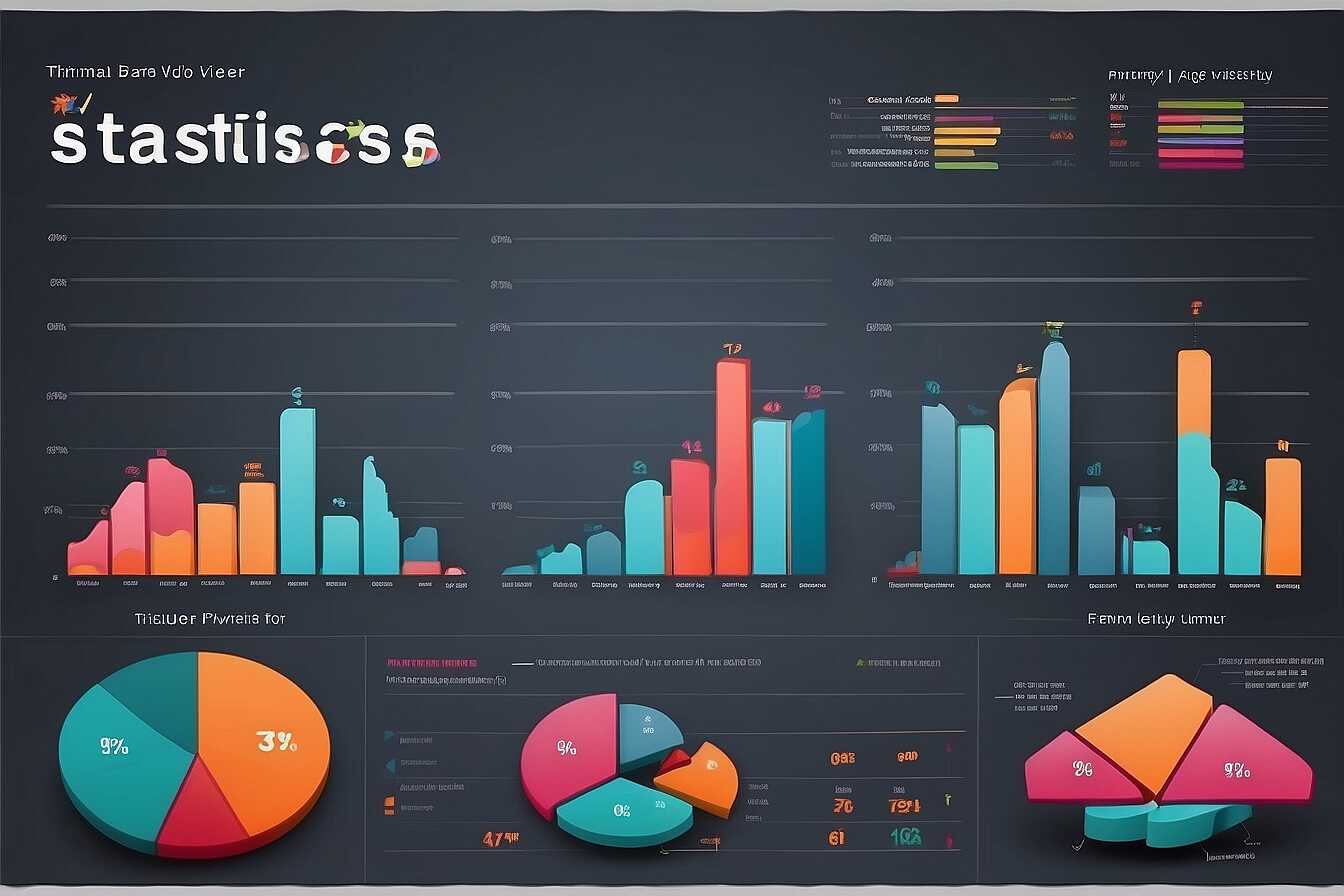Understanding essential technical SEO considerations for expanding globally is crucial for website success. As businesses aim to reach new markets, they must consider best practices that enhance visibility and performance in different regions. At Metrics Rule, we focus on optimizing technical aspects like website structure, speed, and content gaps to ensure smooth international expansion. By leveraging our expertise, you can navigate the complexities of global SEO and unlock your site’s potential across diverse audiences.
Understanding Technical SEO Significance for Global Expansion
Understanding the vital aspects of technical SEO is crucial for successfully accessing global markets. Key factors include optimizing your website’s speed, ensuring mobile responsiveness, and enhancing site structure for better crawling and indexing. These elements enhance visibility and improve user experience across different regions. Additionally, local language content boosts engagement, as research shows that many global users prefer browsing in their native languages. By paying close attention to technical SEO, website owners can improve their search engine rankings and increase their share of international traffic.
Technical SEO Best Practices for Diverse Markets
Implementing technical SEO best practices for diverse markets involves several targeted strategies. Start by conducting a comprehensive website audit to identify areas needing improvement. Ensure your site uses a global SEO strategy, including hreflang tags to indicate language and regional targeting. Leverage data analytics to monitor performance metrics, and optimize loading speeds to enhance user experience. Furthermore, utilize local keywords in your content to align with language preferences and improve search visibility. This tailored approach not only increases relevance for international audiences but also fosters trust and conversion rates, positioning your brand as a reliable option in the global marketplace.
Identifying and Overcoming Technical SEO Barriers Globally
Businesses often face several technical SEO barriers when expanding globally. Common challenges include language differences, local search algorithms, and varying regulatory standards for website content. To address these issues, companies can ensure proper website localization by translating content accurately and optimizing for local keywords. Effective strategies for handling international indexing involve setting up hreflang tags and keeping an organized sitemap tailored for multiple regions. Regular testing and data analysis can enhance crawling efficiency to ensure that search engines efficiently index your site in target markets.
Best Practices for Effective Global SEO
Implementing best practices is essential for improving global search performance. Start by conducting thorough keyword research for different languages and regions, focusing on local consumer behavior. This includes using proven tools to identify regional trends and optimizing site speed to meet local expectations. Regularly updating content based on local market shifts enhances user experience, making your site more appealing. Moreover, monitor performance through analytics platforms to find areas for improvement. By establishing a robust technical SEO foundation that includes crawling efficiency and website localization, you can better navigate the complexities of global expansion while maintaining your site’s integrity.

Optimal Website Structures for Successful International SEO
To successfully expand your website globally, choosing the right website structure is essential. The two primary options are subdomains and subdirectories. Subdomains (like uk.example.com) are treated as separate entities by search engines, while subdirectories (like example.com/uk) maintain the site’s overall domain authority. The choice between these can impact your international SEO strategies and enhance your performance in local markets. Subdomains may provide flexibility for tailored content but can spread your SEO efforts thinner. Conversely, subdirectories consolidate authority, helping establish reliability across regions. Therefore, understanding their implications ensures a stronger global presence.
Comparison of Subdomains and Subdirectories
A deep comparison of subdomains and subdirectories shows their unique benefits. Subdomains can handle large content variations, making them suitable for different languages or regions. For example, a subdomain like fr.example.com can effectively target French audiences. In contrast, subdirectories, such as example.com/fr, might be easier to manage since they inherit the parent domain’s authority. Research shows that around 80% of global websites opt for subdirectories, favoring the consolidation of SEO efforts. This approach can enhance crawling and indexing, providing a more reliable user experience. Both options have proven benefits, so testing with your specific content strategy is a good practice.
Essential Statistics for Global Website Expansion
- Over 50% of internet users prefer browsing in their native language.
- More than 75 languages are used on websites globally.
- About 80% of consumers are more likely to buy from local website versions.
- International SEO can improve conversion rates by up to 40%.
- Approximately 4.5 billion people use the internet worldwide.
- Search engines drive 93% of internet traffic to websites.
- Nearly 50% of all global web traffic comes from mobile devices.

Enhancing Global Performance with Local Hosting and CDN
Local hosting can significantly improve global website performance by reducing latency. When your website is hosted close to your target audience, they experience faster load times. This is crucial for user satisfaction and can also positively impact SEO rankings. A reliable Content Delivery Network (CDN) enhances performance further by distributing your site’s content across multiple global servers. CDNs ensure that users access the content from a server nearest to them, improving loading speed and overall experience. Popular CDNs such as Cloudflare and Akamai are designed to handle heavy traffic, providing efficient service worldwide.
Choosing the Right CDN for Optimal Performance
Selecting the right CDN is essential for optimal global performance. Factors like server locations, reliability, and testing capabilities are crucial for enhancing your site’s load speed. A good CDN should also offer features such as dynamic content acceleration and SSL support. For instance, CDNs like Fastly deliver impressive results by optimizing content and ensuring efficient caching techniques. In 2025, as internet traffic continues to grow, using a CDN effectively will become a key differentiator for global e-commerce sites, enabling them to provide a smooth user experience and maintain a competitive edge.

Using Hreflang Tags to Manage Multilingual Content Effectively
Hreflang tags are essential for managing multilingual content and ensuring your website reaches a targeted global audience. They signal to search engines which language and regional variations of your content to display to users. This helps prevent duplicate content issues that may arise when the same content exists in multiple languages or regions. Implementing hreflang attributes correctly can enhance your international SEO efforts by making your content more relevant to users, ultimately improving performance in search rankings.
Essential Considerations for Implementing Hreflang Tags
When implementing hreflang tags, first identify all relevant languages and regions your website aims to target. For structured and effective implementation, confirm you are using the correct language codes, such as “en” for English or “fr” for French, and region codes, like “CA” for Canada or “GB” for the United Kingdom. Additionally, understand that although you can technically implement dozens of hreflang tags on a single page, it’s best to keep it manageable—usually under 50—ensuring that search engines can crawl and index them effectively without any loss of reliability. Always test and review your implementation to ensure it provides the intended user experience.
Advantages of Optimizing for Global Audiences
- Enhanced visibility in local search engines fosters brand recognition.
- Localization can significantly improve user engagement and satisfaction.
- SEO best practices can lead to higher conversion rates internationally.
- Targeting various markets allows businesses to diversify their customer base.
- Improved user experience boosts website performance and loyalty.
- Being well-optimized can help you outrank competitors in international markets.
- Access to broader keyword opportunities increases website traffic.

Strategies to Optimize Site Speed for International Users
Factors affecting site speed for users worldwide include server location, resource sizes, image compression, and caching strategies. A slower website can lead to higher bounce rates and lower conversion rates. Utilizing a content delivery network (CDN) helps enhance loading times for visitors in different regions by displaying cached content from the nearest server. Testing various configurations and monitoring performance using analytics tools is essential for optimizing global site speed. Aim for a loading time of under three seconds to ensure engagement and reduce the risk of losing potential customers.
Choosing the Right CDN for Global Reach
Selecting the right content delivery network (CDN) can significantly enhance global website performance. Look for CDNs that have a solid network of servers across major regions, including North America, Europe, and Asia. Features like automatic image optimization, real-time monitoring, and efficient data routing are essential for maximizing performance. Research reviews that detail user experiences with various CDNs to help make an informed choice. Proven CDNs like Cloudflare and Amazon CloudFront provide excellent service, helping to deliver content quickly and reliably to your international users.
Leveraging Analytics for Monitoring Global SEO Efforts
To effectively monitor international SEO performance, several analytics tools are essential. Google Analytics and Google Search Console offer deep insights into user behavior, traffic sources, and page performance across different countries. Tools like Semrush and Ahrefs can give analytics on backlinks, keyword rankings, and technical SEO health. Tracking user data from various international markets informs global SEO strategies by identifying which languages or regions respond best to specific content. Businesses that leverage analytics often report improved performance, with 70% stating it significantly enhances their SEO efforts.
Optimizing Your Analytics Setup for Global Markets
To optimize your analytics setup for global markets, consider implementing multilingual tracking in Google Analytics. Use UTM parameters to differentiate traffic sources by language and region. Ensure your tracking includes local keywords that resonate with your audience. Moreover, logging features in your analytics tools enables detailed monitoring of user engagement. These steps enhance the accuracy of your data, providing better insights into how your SEO strategy is performing across different regions. By refining your analytics approach, you can better understand user behavior globally, enabling strategies that improve performance and drive more traffic.
Popular Brands and Their Global SEO Strategies
- Amazon targets multiple countries with tailored user experiences.
- eBay uses localized content to cater to diverse audiences.
- Alibaba focuses on international trade with multi-language support.
- Walmart emphasizes regional offerings based on local needs.
- Shopify attracts businesses worldwide with their easy setup options.
- Netflix customizes content libraries to suit different cultural preferences.
- Salesforce offers multilingual support for global clientele, enhancing service.
Keeping Abreast of International SEO Trends and Developments
Staying updated with international SEO trends is crucial because it ensures your strategies are effective in different markets. New algorithms, local search behaviors, and global SEO practices evolve quickly. Reliable resources include industry blogs, podcasts, and online communities like SEO forums. Engagement with these platforms helps enhance your understanding of emerging trends. Industry experts share valuable insights, making them excellent sources for learning. Aim to review a minimum of 10 significant international SEO updates each year to remain competitive.
Essential Resources and Communities for International SEO Insights
To gain insights into international SEO, consider accessing platforms like Search Engine Land and Moz. These offer excellent articles and forums for discussion. Websites like SEMrush also provide tools that enhance keyword research on a global scale, enabling reliable comparison and testing. Participating in communities such as the IMG community and Webmaster World Forums can further deepen your experience. Engaging with these resources will help you stay informed about the best practices needed for successful global expansion, catering to diverse audiences and improving overall SEO efficiency.
